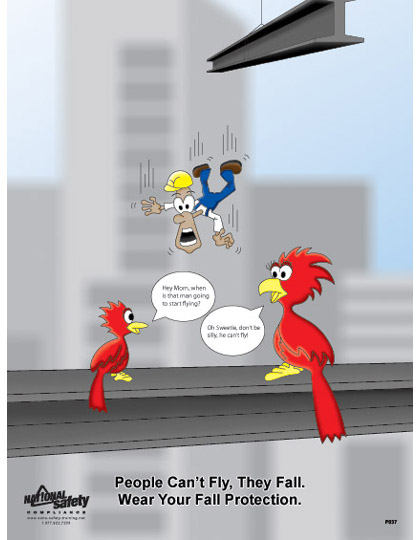The month of October has several observances, which includes Fire Prevention Month. October 9th through 15th is designated as National Fire Prevention Week; the 88th year that fire departments from around the entire country have observed this event. The theme for 2011’s observance is “Protect Your Family from Fire!” This year’s campaign focuses on preventing the leading causes of home fires – cooking, heating and electrical equipment, as well as candles and smoking materials. Life-saving technology and planning can help us protect our homes.
According to the U.S. Fire Administration, smoking is the leading cause of home fire deaths. Fire can be a dangerous enemy, but if you are aware of the hazards, you will be much less likely to be one of the almost 13,000 people injured in homes fires each year. Nearly 3,000 people die in U.S. home fires annually. Here are some of the precautions we all should take:
- Have working smoke and carbon monoxide detectors, and change the batteries at the same time you change your clocks – twice per year.
- Keep flammable materials away from stoves and clothes dryers.
- Have a family escape plan.
- Turn off space heaters before you go to sleep.
- Don’t wear loose clothing around the stove while you are cooking.
- Never leave foods being prepared on the stove unattended.
- Purchase and learn how to use a fire extinguisher properly.
- When you have completed cooking your meal, ensure that the oven and all burners are turned off.
- Never leave candles unattended, or where children or animals can knock them over or get burned.
- Don’t overload extension cords.
- If your dryer takes two or three cycles to completely dry clothes, check the filter, which should be cleaned before every use. The U.S. Fire Administration reports that dryer fires account for an average of 15,000 fires, causing approximately $88 million in property damage, 15 deaths, and 400 injuries annually.
- Never leave your home or go to bed with your dryer running.
- Don’t place flammable materials (papers, etc.) near your fireplace.
- Have your chimney cleaned every year to avoid creosote buildup.
There are numerous ways that we can protect our loved ones from fire. As listed above, take the time to have an escape plan, and be sure that the entire family is on the same page. Take your kids to visit a fire department. Educating the public on fire safety is one of the many important tasks that they perform. If we all learn more about how to prevent fires, hopefully we can make their jobs a little easier.
A Fire Department Chief told me to remind everyone, “Beep-Beep” is a sound we can live with! So check those detectors out, and make sure they work. That irritating little sound could be a life-saver!
Sources: US Fire Administration, National Fire Prevention Association
